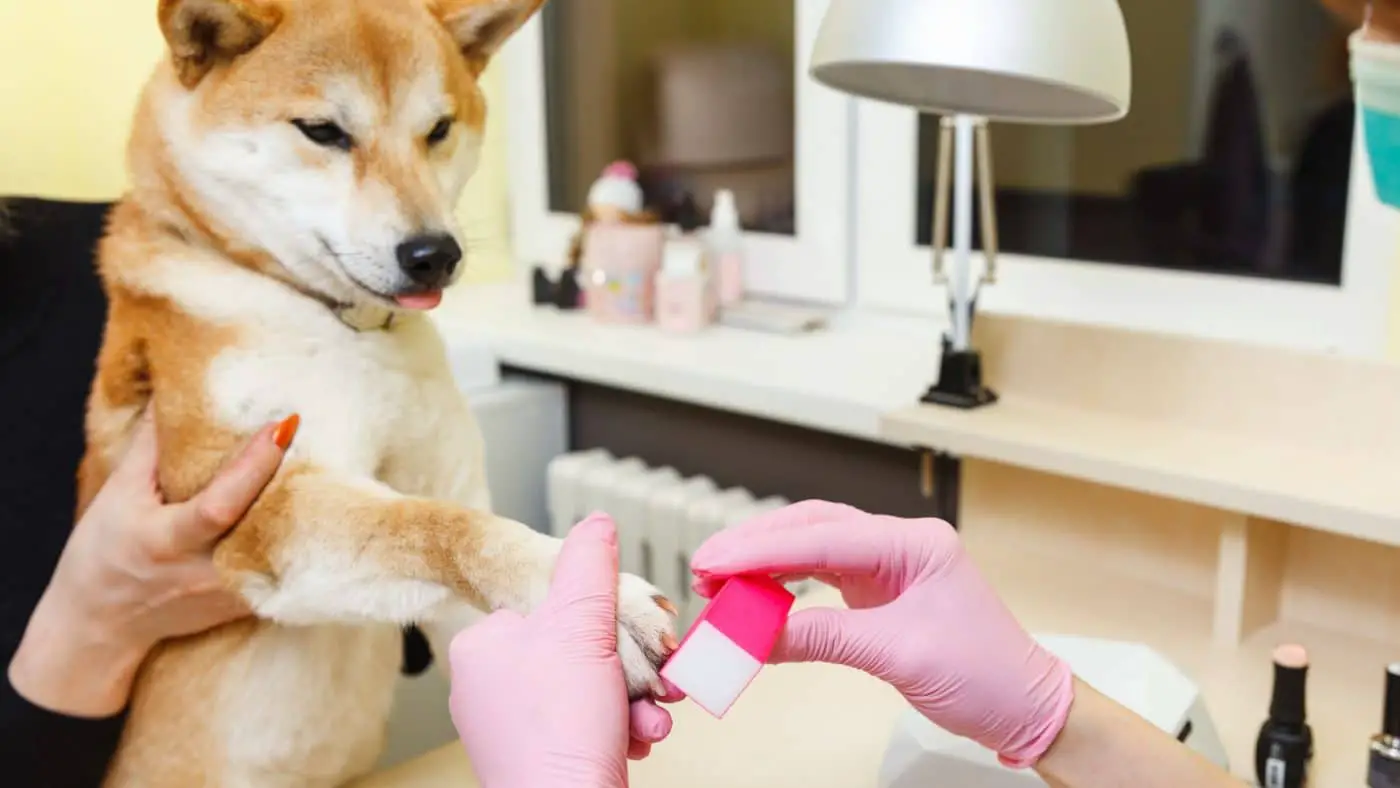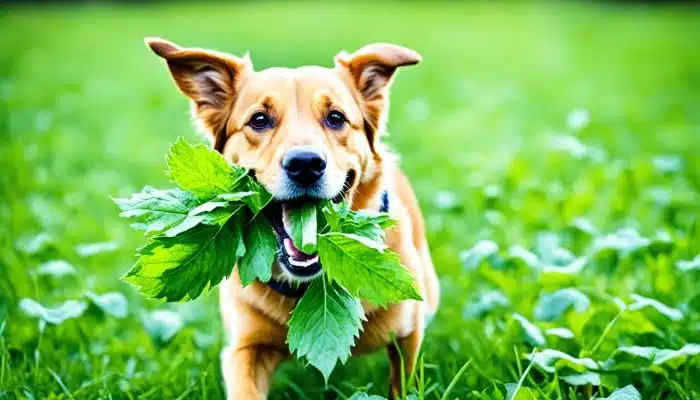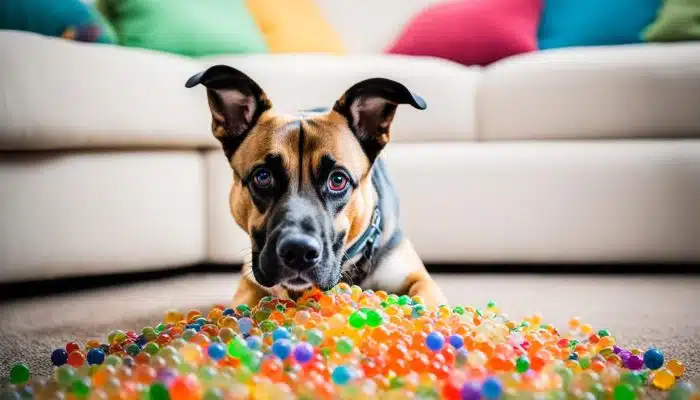Dogs are beloved pets that require regular care and attention. Part of this responsibility involves maintaining their hygiene, which includes trimming their nails. While this may not be the most glamorous or exciting task, it is essential for keeping your dog healthy and comfortable.
Neglecting to trim your dog’s nails can result in painful overgrowth, splitting, and even infections.
One common concern pet owners may face when trimming their dog’s nails is bleeding. This can happen if you accidentally cut too far into the nail’s quick (blood vessel and nerve bundle) or if the nail splits or tears. While it can be alarming to see blood on your dog’s paw, we at Pet Gifts & Toys have steps you can take to stop your dog’s nail bleeding and prevent any further complications.
Importance of Maintaining a Dog’s Nails
Long nails in dogs are more than just an aesthetic problem- they can cause discomfort as well as difficulty walking or running properly. If a dog’s nails grow too long, they may start to curl under and press against the paw pad causing pain with every step taken.
This discomfort could lead to limping which causes joint problems over time.
Properly nail trimming help maintain healthy paws, ultimately contributing to overall health by preventing injuries from developing due to overgrown claws. Therefore it’s important to maintain healthy foot care practices for pets.
Common Causes of Bleeding Nails in Dogs
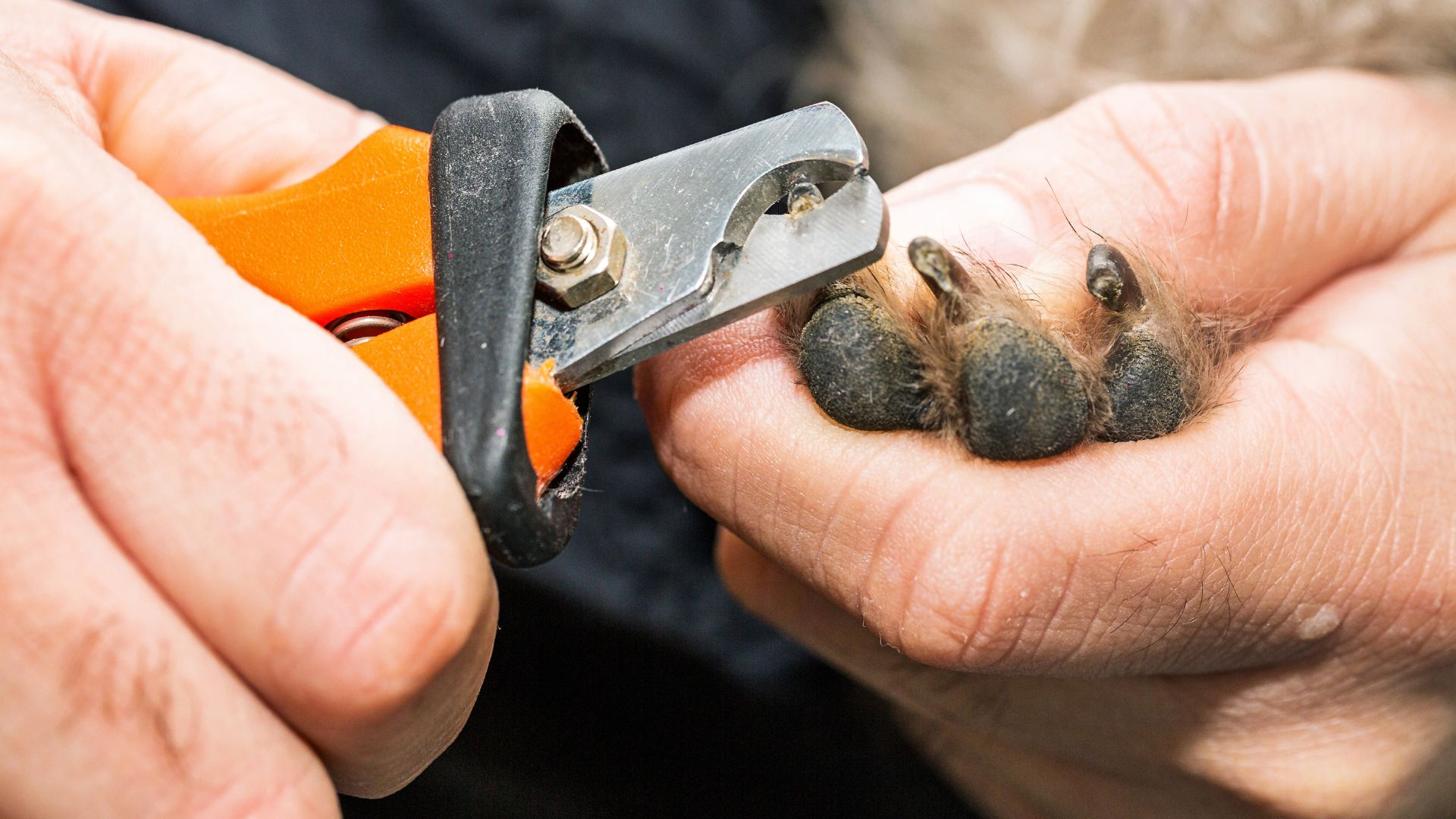
The most common cause of a bleeding nail in dogs is accidentally cutting into the quick while trimming their claws. This happens because sometimes the quick blends with some claw colors, making it hard for pet owners to notice where it begins.
Other reasons a dog’s nail might start bleeding include ripping or tearing from injury or accident, too much exercise that causes trauma on claws like running on pavement, or even a medical condition affecting the blood’s ability to clot, such as hemophilia.
Additionally, some dogs may have nails more prone to bleeding than others. Understanding the potential causes of bleeding nails can help pet owners take preventative measures and ensure their dog’ nails receives appropriate care in a timely manner.
Overview of Steps to Stop Bleeding in a Dog’s Nail
If you are dealing with a bleeding nail in your furry friend, don’t panic! There are steps you can take to stop the bleeding and prevent further damage.
First, assess the severity of the pet nails this will inform how much pressure is needed to stop it. Next, clean the affected area with warm water and mild soap.
Followed by applying firm pressure using a clean cloth or gauze pad for several minutes before applying antiseptic ointment if necessary. Monitor your pet for any signs of infection or further bleeding.
It is important to note that while these steps can be practical in most cases, they are not a substitute for professional veterinary care when needed. When in doubt about your pet’s health, always consult an experienced veterinarian who will diagnose and treat underlying issues causing these symptoms in dogs effectively while also providing advice on how best to maintain their overall health and well-being.
Step-by-step guide on how to stop a dog’s nail from bleeding
Assess the severity of the bleeding
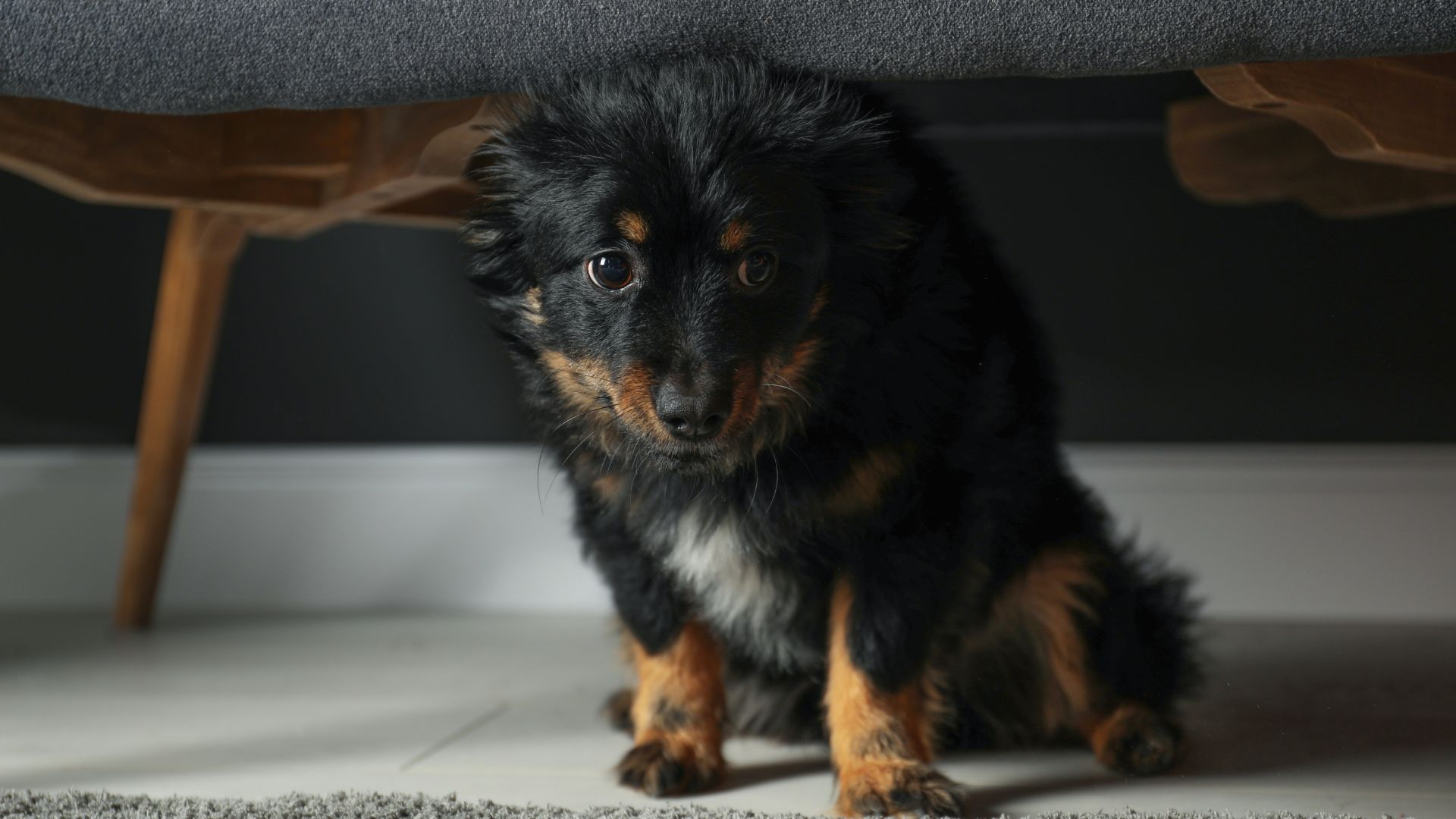
The first step in stopping a dog’s nail from bleeding is to assess the severity of the injury. If only a small amount of blood stops quickly with pressure, then the injury is likely minor. However, if there is a lot of blood or it does not stop with pressure, then it may be more serious and require immediate veterinary attention.
Clean the affected area with warm water and mild soap
Once you have assessed the injury’s severity, cleaning the affected area thoroughly to prevent infection is essential. Use warm water and mild soap to gently clean around the nail, being careful not to apply too much pressure or cause further injury. Be sure to dry the area completely before moving on to applying pressure.
Apply pressure to the nail with a clean cloth or gauze pad for several minutes
Applying pressure is essential to stop a dog’s nail from bleeding. Take a clean cloth or gauze pad and apply firm pressure directly on the nail for several minutes. If you notice that blood starts seeping through your cloth or gauze pad, don’t remove it as this will disrupt blood clotting; instead, add more layers until you have reached enough thickness.
Use styptic powder or cornstarch to stop bleeding if necessary
Suppose pressure alone does not stop your dog’s nail from bleeding within 10-15 minutes. In that case, you can use some styptic powder or cornstarch over your dog’s wound by either dabbing it on using cotton wool swabs or dipping your pet’s paw directly into these substances; this will help promote clotting and seal off any further bleeding.
Apply an antiseptic ointment and bandage if necessary
After the bleeding has stopped, applying an antiseptic ointment to the affected area is important. This will help prevent infection and promote healing.
If the injury is serious or your dog keeps licking at it, you may want to bandage the paw to keep it covered and clean. Be sure to change the bandage regularly as directed by your veterinarian.
Monitor your dog for any signs of infection or further bleeding
Monitoring your dog for any signs of infection or further bleeding in the coming days and weeks is important. Keep a close eye on the wound, looking for any redness, swelling, or discharge, which are all signs of infection. If you notice any of these symptoms or if your dog’s nail starts bleeding again, contact your veterinarian right away.
Tips and tricks for preventing future nail injuries
Regularly trim your dog’s nails
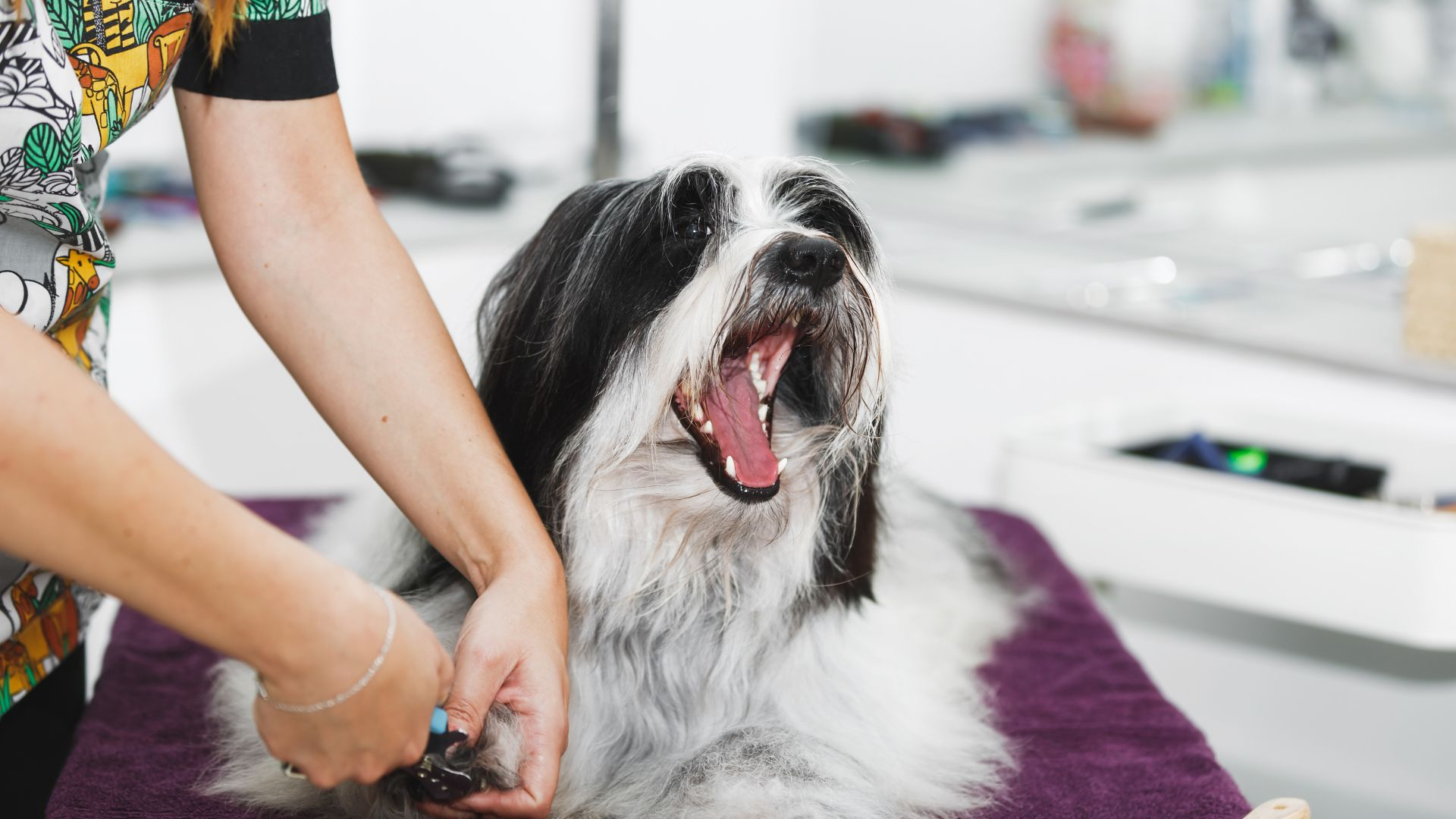
One of the best ways to prevent a dog’s nail from bleeding is to keep them trimmed regularly. Nails that are too long can easily snag on surfaces which can cause the nail to break or tear, resulting in injury.
In addition, overgrown nails can put pressure on a dog’s toes, causing discomfort and even affecting their gait over time. The frequency of nail trimming will depend on the individual dog and their lifestyle.
Generally, dogs who spend more time indoors and have less activity require more frequent trimming than those who spend more time outdoors or are very active. It is recommended to trim your dog’s nails every 4-6 weeks.
Use proper tools and techniques when trimming nails
When it comes to trimming a dog’s nails, it is important to use proper tools and techniques in order to avoid injury. The most common tool used for nail trimming is a pair of clippers specifically designed for dogs’ nails. It is important to choose the right size clipper for your dog as using one that is too small or large can cause injury.
It is also essential to avoid cutting into the quick, the area inside the nail containing blood vessels and nerves. Cutting into this area will result in bleeding and potential pain for your pet.
Provide your dog with appropriate surfaces to scratch and wear down their nails naturally
Another way to prevent nail injuries in dogs is by providing them with appropriate surfaces to scratch and wear down their nails naturally. This could include scratching posts or pads as well as regular walks on pavement or concrete which help naturally file down a dog’s nails.
In addition, providing toys that encourage chewing or gnawing can help strengthen a dog’s jaw muscles which in turn can help them maintain healthy nails. Providing your dog with appropriate surfaces to scratch and wear down their nails not only prevents injury, but also promotes healthy physical and mental stimulation for your pet.
Conclusion
A bleeding nail in dogs can be a painful and stressful experience for both the dog and their owner. Act quickly and confidently to address this issue to prevent further complications is essential.
The steps outlined in this article provide an effective way of addressing bleeding nails in dogs. Assessing the severity of the bleeding, cleaning the affected area, applying pressure or styptic powder, and monitoring your dog for any signs of infection or further bleeding are all important steps in stopping a dog’s nail from bleeding.
Preventing future nail injuries is also crucial for maintaining your dog’s overall health and well-being. Regularly trimming your dog’s nails using proper tools and techniques, providing appropriate surfaces for scratching, and wearing down their nails naturally can help prevent future nail injuries.
Emphasis on the importance of prompt action when dealing with a bleeding nail in dogs
Prompt action is essential when dealing with a bleeding nail in dogs. Delayed treatment could lead to more severe complications such as infection or even amputation if left untreated.
It is therefore crucial to remain calm yet confident when dealing with this issue. Owners should also ensure that they have all necessary supplies such as antiseptic ointment, gauze pads, clean cloth or towels, styptic powder or cornstarch on hand at all times to deal effectively with any emergencies that may arise.
Remember that proper care and attention will go a long way towards preventing any future problems with your furry friend’s nails. By following these simple steps outlined above, you can help keep your dog happy and healthy while avoiding any unpleasant situations related to bleeding nails.

